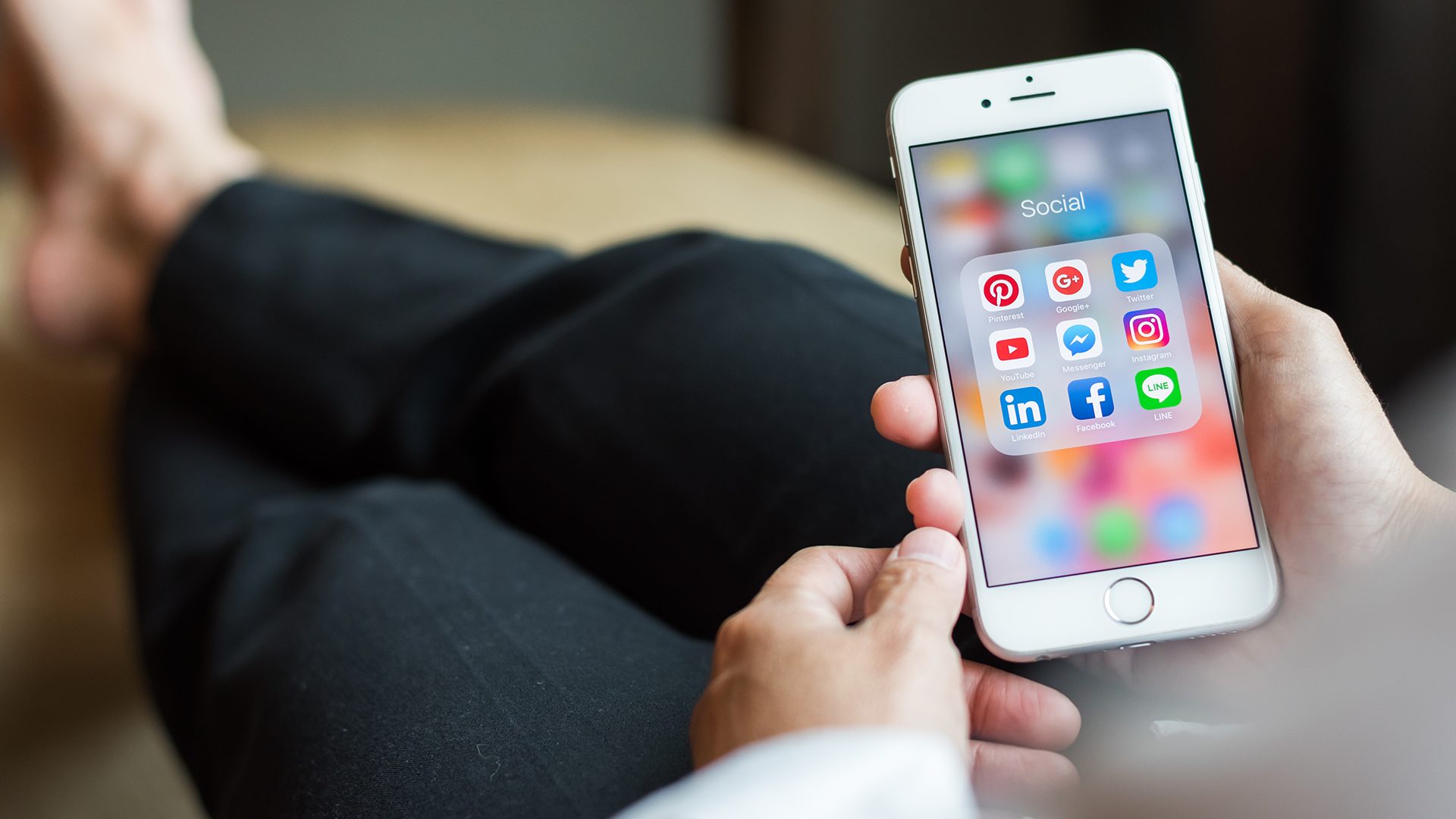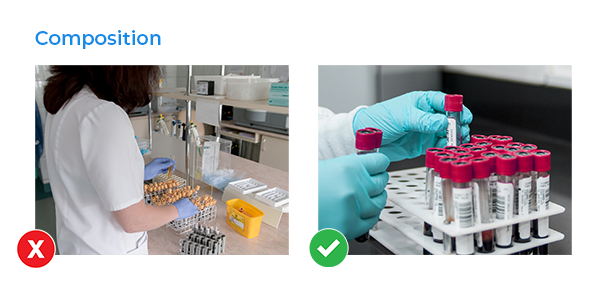
HELLO
We’d love to hear
from you!
from you!
236 S. Boylan Ave
Suite 100
Raleigh, NC 27603
919 438 2423
letschat@koroberi.com

HELLO
236 S. Boylan Ave
Suite 100
Raleigh, NC 27603
919 438 2423
letschat@koroberi.com
Resources > Take your brand photography to the next level
It’s easy to let the written word take the lead in B2B marketing. We draft a lot of content about our clients’ products and services, but oftentimes, especially with highly technical subject matter, seeing is more powerful than reading.
In fact, consistent, high-quality photography has the potential to be one of a business’s most influential branding and marketing assets. It can either immediately grab and hold attention, or hurt your credibility and turn people away just as quickly. So whether you’re shooting original photography or purchasing stock images, it’s important to carefully consider each asset for the most effective use.
Although stock photography has a reputation for sometimes being cheesy, it does have some advantages. Stock photos are generally cheaper than producing original photography and many stock sites offer subscriptions and credit packages that make bulk purchases even more cost effective. Sites also offer video footage and audio clips, giving you additional variety in assets.
However, there are some significant drawbacks to using stock photography. One is that libraries can be limited, especially when it comes to specific industry shots, meaning they may not necessarily have the images, videos or sounds you’re looking for. You should also consider that stock photos are readily available to the masses, so other businesses can purchase and use the same images, making it more difficult for your imagery to be a differentiator.
If your brand chooses to use stock photography, here are some tips to make your imagery feel more like original curated assets:
Instead, opt for a more candid and natural style.
Think about related subjects when searching to find more creative visual representations. For example, if you are promoting a green initiative, consider a photo of trees or a grassy field instead of a recycling symbol.
Also consider angles – wide vs. cropped, straight-on vs. perspective or aerial.








Think about where the images will be used and shoot a variety of angles and orientations. For example, if you’re shooting a wide-angle header for your website, consider leaving room around the focal point for a text overlay. But if you’re shooting photos for a hang-tag or brochure, take some zoomed-in, detailed shots. When in doubt, shoot every angle and every zoom level so you’re set up for as many use cases as possible.

Avoid cluttered areas and backgrounds that would distract viewers from what you’re promoting. The simpler, the better. If a busy background is inevitable, put extra consideration into composition and how you use space, or try pulling the product further away from background elements and let distance and focal points work their magic. This will naturally blur the background and draw the eye towards the area of the image that is in focus, producing higher quality images and saving time in post-production as well.


Set a dress code for all models to establish consistency and maintain a desired look and feel. If models wear clashing colors or multiple patterns, they can distract from the photo’s intent. Keep clothing and accessories subtle and brand compliant. But if safety equipment, bright clothing or other specialized gear is required while operating your products, that should be reflected in your photos.
Lighting sets the mood and atmosphere of an image, and can also be used to create emphasis and dimension. Proper lighting will display elements accurately and highlight appropriate areas, while poor lighting can alter the appearance of products and greatly diminish the clarity and quality.

When shooting original photography, it’s extremely unlikely that the images will be used in their original form, exported straight from the camera. Instead, they’ll need color correction and retouching before use. Apply a consistent editing style to your photos to help mirror your brand’s aesthetic and create a cohesive appearance across all brand photography. Editing does not have to be obvious or unnatural. It can be as simple as increasing contrast and adjusting the temperature.

While these tips are important to remember when selecting or taking B2B photos, one concept should stand above the rest: make sure your photography fits your brand. After all, we’ve written 1,000 words about photography here, but our images did most of the talking.
